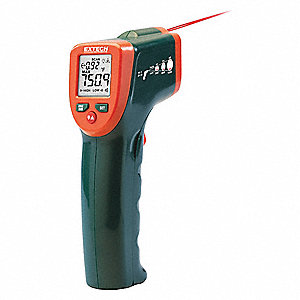- #1
Aliam1
- 17
- 0
I tested it by heating it up for 2 min on a electric stove and pour about 200 to 300 ml water in bowl and did a very quick dip in and out like that and when i touch it, it was cold same temperature as the water. I also test with aluminium but when I touch it, it was will hot I burnt my finger in the process. I wanted to know if it conducts heat like can it also conduct electricity.

